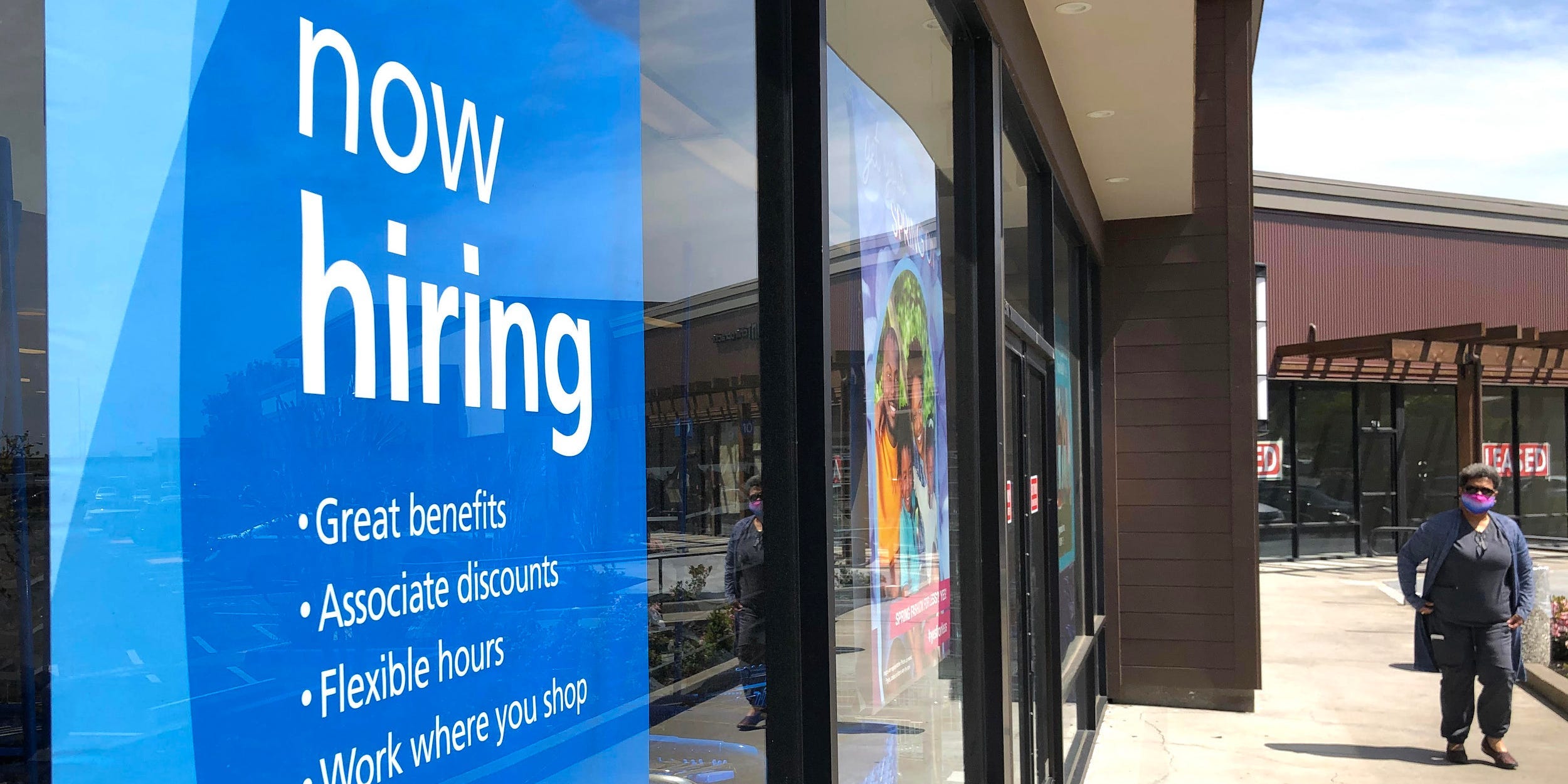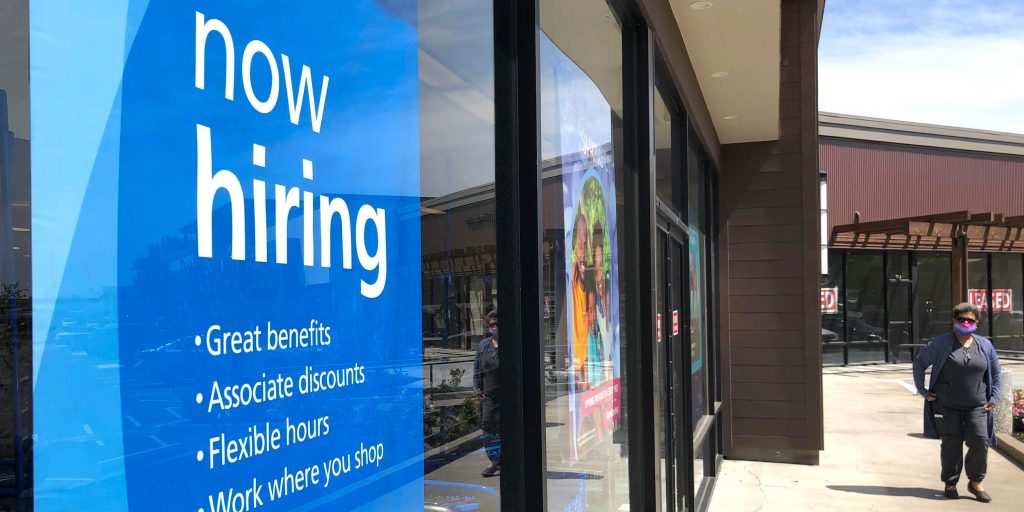
Justin Sullivan/Getty Images
- The Fed is targeting "maximum" employment over "full" employment in a major shift for the US economy.
- The new goal aims to bring forth a more equitable rebound, particularly for minorities and low-income households.
- This focus tests how many Americans can be hired before an inflationary spiral is set off.
- See more stories on Insider's business page.
Maximum employment. Full employment. They may seem to be similar phrases, but they are dramatically different, in ways that could shape the US economy long after the pandemic ends.
After decades of adhering to an agreed-upon employment threshold called full employment, the Federal Reserve is trying a new playbook. In August, the central bank replaced this goal with "maximum employment" as part of a new policy framework.
Whereas the previous target sought to minimize deviations when employment was too high or low, the Fed now aims to "eliminate shortfalls of employment from its maximum level," Governor Lael Brainard said in February.
Put another way, the central bank will push for a labor market that doesn't just feature low unemployment, but also inclusivity and healthy wage growth. The new mandate sounds encouraging. But to achieve it, the Fed is entering uncharted territory.
How much unemployment can you have with low inflation?
The previous threshold for low employment rested on a concept known as the non-accelerating inflation rate of unemployment (NAIRU), which represents a level of unemployment at which inflation doesn't spiral out of control. Though the true rate is unknown, the Congressional Budget Office estimated it stood at roughly 4.5% in 2020.
NAIRU served as a loose guide for the Fed as the US recovered from the Great Recession, but it didn't quite work. The labor market's recovery from the financial crisis was, and remains, the longest of any recovery since World War II.
Since the start of the coronavirus recession, Fed officials made it clear they weren't going to use the same strategy. The Fed's new framework seeks inflation that averages 2% over time. That opens the door to periods of stronger inflation.
Prematurely retracting monetary support can leave underserved communities hurting and set the US back for years, Fed Chair Jerome Powell said following the FOMC's March meeting. By allowing for a brief period of elevated inflation, the central bank believes it can power a faster and more equitable labor market recovery.
"There was a time when there was a tight connection between unemployment and inflation. That time is long gone," Powell said. "We had low unemployment in 2018 and 2019 and the beginning of '20 without having troubling inflation at all."
The maximum-employment experiment is uncharted territory
Despite Powell's repeated messaging that stronger inflation will prove largely "transitory," some economists slammed him for risking a dangerous inflationary spiral. Letting inflation run above 2%, they say, can spark a cycle of soaring prices that would cripple the still-recovering economy.
Keeping rates near zero into 2023 "seems to me at the edge of absurd," Larry Summers, a former Treasury Secretary who has criticized the fiscal and monetary response to the pandemic, said at a May event hosted by CoinDesk.
"We used to have a Fed that reassured people that it would prevent inflation," Summers said. "Now we have a Fed that reassures people that it won't worry about inflation until it's staggeringly self-evident."
Higher inflation also tends to give way to higher wages, but rising pay might not benefit the economy as some hope. Fed analysis of how stimulus checks were spent suggests most additional income would mostly go toward paying debts and boosting savings, with only a fraction going toward spending.
Even the target for maximum employment isn't entirely clear, as an unusually large number of Americans likely stopped working for good during the pandemic. A "significant" number of retirees skews estimates of the labor force's size, Powell said in a Wednesday press conference. This effect "should wear off in a few years" as retirees are replaced with new workers, he added. Maximum participation will likely cloudy until then, whenever that is.
The unusually large jump in retirements through the pandemic could still give way to a stronger labor market, as was seen in the years before the health crisis, Randal Quarles, vice chairman for supervision, said in late May. Still, with uncertainties abound, the Fed may need to issue "additional public communications" about its progress targets and broader goal of maximum employment, he added.
That means maximum employment, while a worthy goal in many ways, carries more than inflation risks. It could be a cloudy and uncertain destination even for top policymakers.
Dit artikel is oorspronkelijk verschenen op z24.nl

